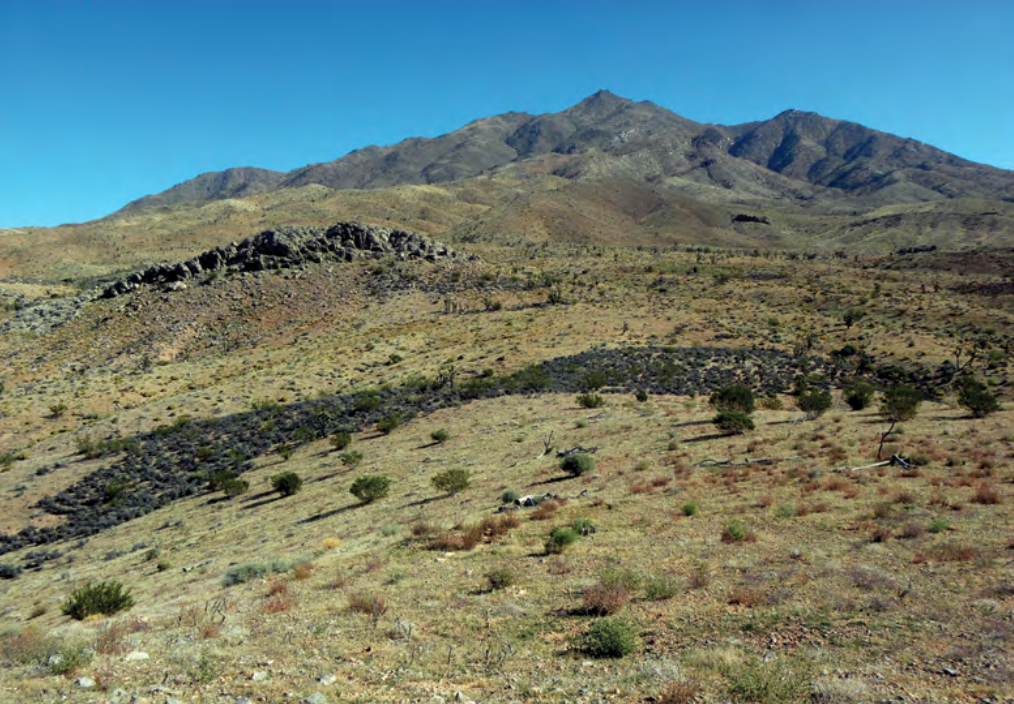
ST. GEORGE – Work is underway on an experimental project that could go a long way towards restoring desert tortoise habitat destroyed by wildfire in Washington County’s two national conservation areas.

“We’re excited,” Bureau of Land Management spokesman Christian Venhuizen said. “It’s an incredibly large project with a lot of partner organizations involved.”
Several thousand containerized native plants will be planted in areas severely damaged by fire in 2005-2006.
AmeriCorps volunteers are planting in a 100-acre plot in the Woodbury-Hardy study area in Beaver Dam Wash National Conservation Area.
The area currently isn’t even supporting cheatgrass, biologist Ann McLuckie of the Utah Division of Wildlife Resources said in an earlier interview.
The plants will initially be hand-watered and protected by chicken wire fences until they mature enough to survive, Venhuizen said.
Wildfire destroyed about 25 percent of the tortoise habitat in the conservation areas, resulting in a drop in tortoise populations of up to 50 percent.
Seeding of the damaged areas has been tried unsuccessfully in the past; without an immediate soaking rain, the seeds dried out, got eaten or blew away.
Biologists are hopeful the project will help reestablish fertile islands of native grasses and shrubs which will then spread naturally.

Next month, the project will continue on 100 acres along Cottonwood Road in the Red Cliffs Desert Reserve, an area that is overgrown with cheat grass and tumbleweeds.
Rehabilitation is difficult in the Mohave desert, a landscape which is not adapted to wildfire.
Historically, the Mohave was not vulnerable to fire – species like creosote are naturally fire-resistant and there wasn’t enough vegetation to carry fire between the shrubs.
However, cheat grass and other invasive species changed that and made it easy for fires to spread.
For the project, approximately 10,000 native plants were grown in a nursery at the Lake Mead National Recreation Area as part of a joint project with University of Nevada Las Vegas professor Scott Abella.

Shrubs such as creosote and white bursage; midsize plants such as globemallow, desert four-o’clock and desert marigold; and several species of native grass will be planted.
The number of plants that survive, the impact on non-native plants, the effectiveness of different planting methods and cost-effectiveness will be tracked.
If the project proves to be a success, it will be expanded to other parts of damaged tortoise habitat, biologist McLuckie said.
The BLM, The Nature Conservancy, Utah Division of Wildlife Resources, U.S. Fish and Wildlife Service, Washington County, the National Fish and Wildlife Foundation and the University of Nevada, Las Vegas are partners in the effort, Venhuizen said.
Email: [email protected]
Twitter: @STGnews
Copyright St. George News, SaintGeorgeUtah.com LLC, 2016, all rights reserved.